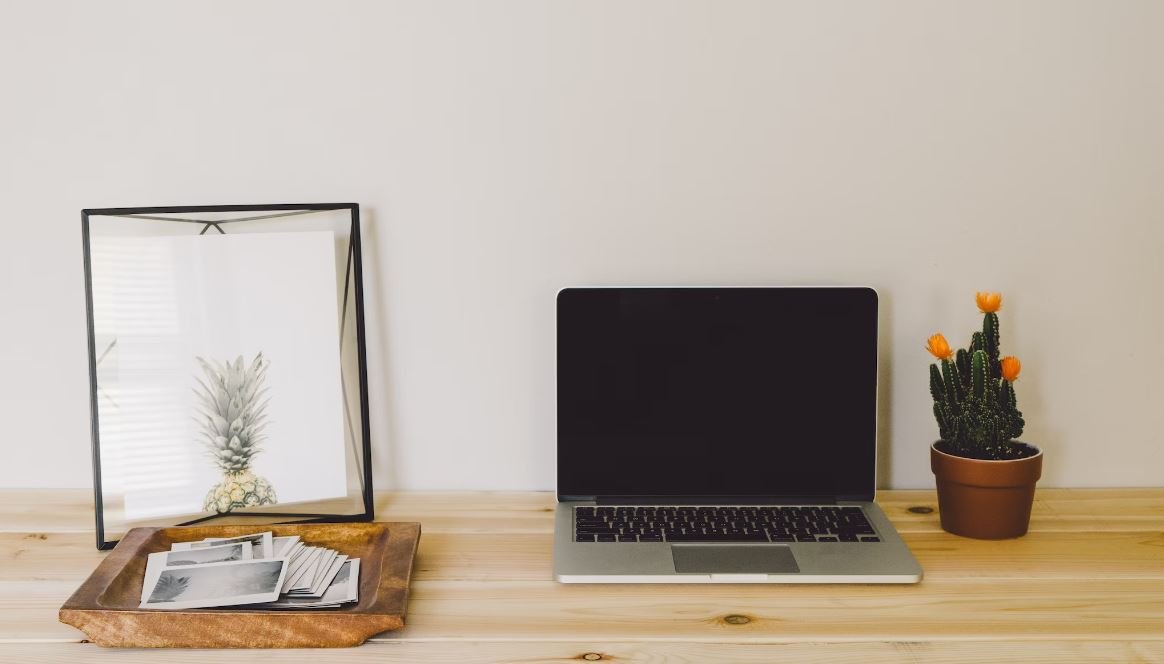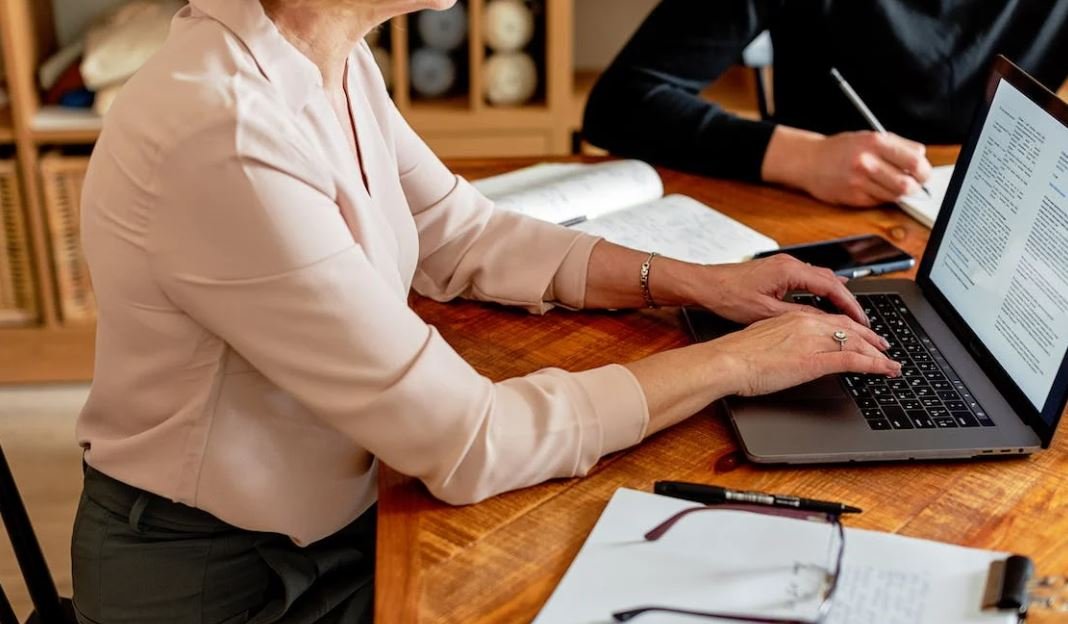Podcast Audio Video Equipment
Podcasting has become a popular medium for sharing information and entertainment in recent years. Whether you are a seasoned podcaster or just starting out, having the right audio and video equipment can greatly enhance the quality of your podcast. In this article, we will discuss essential equipment for podcasting and how to improve your podcast production.
Key Takeaways:
- Investing in quality audio and video equipment can significantly enhance the production value of your podcast.
- Understanding the different types of microphones and cameras available will help you choose the best equipment for your specific podcasting needs.
- Proper lighting and acoustic treatment can make a significant difference in the overall quality of your podcast.
- Upgrading your editing software and equipment can improve the post-production process and save you time.
- Regularly monitoring and upgrading your audio and video equipment ensures that your podcast remains competitive in the ever-evolving podcasting landscape.
If you want your podcast to stand out, having a high-quality microphone is essential. **A condenser microphone** is widely regarded as the best choice for podcasting due to its ability to capture a wider frequency range and produce more detailed audio. *Investing in a good microphone is an investment in improving the overall audio quality of your podcast.*
Audio Equipment
In addition to a quality microphone, there are other essential audio equipment options to consider:
- Audio Interface: This device connects your microphone to your computer and ensures high-quality sound recording.
- Headphones: A good pair of closed-back headphones allows you to monitor your audio while eliminating background noise.
- Pop Filter: This accessory helps reduce unwanted plosive sounds during recording.
Video Equipment
With the growing popularity of video podcasts, having good video equipment is equally important. Here are some key components:
- Camera: *Investing in a quality camera ensures crisp and clear video recording for your podcast.* There are various options available, including DSLR, mirrorless, and camcorders.
- Lighting: Having proper lighting helps create a more professional look and ensures that your video is well-lit and visually appealing.
- Background and Set Design: Creating an attractive background and set design helps establish the overall aesthetic of your podcast.
Podcast Production
After recording your podcast, the next step is post-production. Upgrading your editing software and equipment can greatly improve the efficiency and quality of your final product. Consider these options:
- Audio Editing Software: A professional audio editing software, such as Adobe Audition or GarageBand, allows you to fine-tune your audio, remove background noise, and add effects.
- Video Editing Software: For video podcasts, using a reliable video editing software like Adobe Premiere Pro or Final Cut Pro can help you create visually appealing episodes with smooth transitions and professional graphics.
- Storage and Backup: Ensuring you have enough storage space and a backup system in place protects your podcast episodes from data loss.
Regular Upgrades
To stay ahead in the competitive podcasting landscape, regular monitoring and upgrades of your audio and video equipment are necessary. Technology is constantly evolving, and keeping up with the latest advancements helps you deliver the best quality to your audience. Regularly assess and upgrade your equipment as needed to maintain the highest production standards.
Data Points
| Podcast Equipment | Cost | Key Features |
|---|---|---|
| Blue Yeti USB Microphone | $129 | – Plug and play convenience – Four different pickup patterns – Adjustable gain control |
| Rode NT1 Condenser Microphone | $269 | – Professional XLR microphone – Ultra-low noise – High-quality audio recording |
Interesting Fact
Did you know that according to a study by Edison Research, approximately 75% of Americans are now familiar with the term “podcasting”? This shows the growing popularity of podcasts as a medium.
Conclusion
Investing in quality podcast audio and video equipment is crucial for producing professional-sounding podcasts. From high-quality microphones to video cameras and editing software, there are numerous options available to enhance your podcast production. Regularly monitoring and upgrading your equipment keeps your podcast competitive in the evolving world of podcasting.

Common Misconceptions
Misconception 1: Expensive equipment is necessary for good podcast audio and video quality
One common misconception about podcast audio and video equipment is that you need to invest in expensive gear to achieve good quality. However, this is not always the case.
- Quality microphones can be affordable and still deliver great sound.
- Using free audio editing software can help enhance the quality of your podcast without spending any money.
- It’s important to focus on technique and audio/video setup rather than solely relying on expensive equipment.
Misconception 2: Only professionals can produce high-quality podcasts
Another misconception is that only professionals can create high-quality podcasts. This couldn’t be further from the truth.
- With the right equipment and knowledge, anyone can produce a podcast with excellent audio and video quality.
- There are numerous online resources and tutorials available that can help beginners improve their podcast production skills.
- Through practice and experimentation, even amateurs can achieve professional-sounding podcasts.
Misconception 3: Expensive software is essential for podcast editing and production
Many people believe that expensive software is necessary for podcast editing and production, but this is not the case.
- There are free audio editing software options available that provide excellent functionality and can help create high-quality podcasts.
- Open-source software can be a great alternative to expensive solutions, offering similar features without the price tag.
- Experimenting with different software options can help you find the right one for your specific needs and budget.
Misconception 4: Lower-priced equipment sacrifices quality
Some individuals assume that lower-priced equipment compromises the quality of their podcasts. However, this is not always true.
- Affordable equipment can still provide satisfactory audio and video quality when used correctly.
- Researching and reading reviews can help you find budget-friendly options that offer impressive performance.
- Focusing on proper setup, acoustics, and sound techniques can make a significant difference in the final result, even with lower-priced equipment.
Misconception 5: More equipment means better quality
Lastly, many people mistakenly believe that having more equipment automatically translates to better quality podcasts. However, this is a misconception.
- Having too much equipment can become overwhelming and result in unnecessary complexity.
- A smaller setup with carefully chosen equipment can often provide better quality than a cluttered and overcomplicated one.
- It’s crucial to understand your specific needs and how each piece of equipment contributes to the overall quality before making purchasing decisions.

Podcast Audio Recording Equipment
Here are 10 different types of audio recording equipment commonly used in podcasting. Each item provides a unique set of features and capabilities to enhance the quality of podcast audio recordings.
Publishing Platforms for Podcasts
These 10 publishing platforms are widely used by podcasters to distribute their episodes to various podcast directories. Each platform offers different tools and services to help podcasters reach their target audience.
Microphones for Podcasting
Below are 10 high-quality microphones specifically designed for podcasting. These microphones deliver exceptional audio clarity and are commonly used by professional podcasters and audio enthusiasts.
Podcast Recording Software
Discover 10 recording software programs designed for podcasters. Each software offers a range of features such as editing capabilities, sound enhancements, and streamlined publishing options to simplify the podcast production process.
Popular Podcast Genres
Explore the top 10 podcast genres that span various subjects and interests. From true crime to comedy to history, each genre has its own dedicated audience and unique storytelling style.
Podcast Editing Tools
These 10 editing tools are commonly used by podcast producers to enhance the audio quality, eliminate background noise, and add professional touches to podcast episodes. They provide a range of features to streamline the editing process.
Podcast Distribution Channels
Discover 10 popular distribution channels used by podcasters to reach a wider audience. These channels include well-known podcast directories and platforms that host and distribute podcast episodes to subscribers.
Podcast Sound Effects Libraries
Here are 10 sound effects libraries that provide podcasters with a range of audio elements to enhance their episodes. These libraries offer a wide selection of sound effects, including ambient noise, musical cues, and more.
Podcast Advertising Platforms
Explore 10 advertising platforms that help podcasters monetize their shows. These platforms connect podcasters with potential sponsors and provide a marketplace for advertising opportunities.
Podcast Analytics Tools
Discover 10 analytics tools that offer podcasters valuable insights into their audience, episode performance, and subscriber growth. These tools provide data-driven metrics to help podcasters make informed decisions about their content strategy.
Podcasts have skyrocketed in popularity in recent years, becoming a prominent medium for storytelling, education, and entertainment. To maximize the quality and reach of podcasts, podcasters rely on a plethora of audio and video equipment, publishing platforms, editing tools, and distribution channels. In addition, they utilize analytics tools to analyze metrics and monetize their shows through advertising platforms. With the help of these 10 tables, aspiring podcasters can gain a deeper understanding of the podcasting landscape and make informed decisions to create engaging and successful shows.
Frequently Asked Questions
What are the essential audio equipment needed for podcasting?
Some essential audio equipment needed for podcasting include a high-quality microphone, a pop filter, a microphone stand or boom arm, headphones, and an audio interface or mixer.
Is it necessary to have a video component for a podcast?
No, a video component is not necessary for a podcast. Podcasts are primarily audio-based, and the choice to include a video component depends on individual preferences and the target audience.
What types of microphones are suitable for podcasting?
Condenser microphones, dynamic microphones, and USB microphones are commonly used for podcasting. Each type has its own advantages and considerations, such as sound quality, pickup patterns, and connectivity options.
What is the purpose of a pop filter?
A pop filter is used to minimize plosive sounds (such as “p” and “b” sounds) that can cause distortions in the audio recording. It acts as a barrier between the microphone and the speaker, reducing the impact of the air expelled during speech.
What is the role of an audio interface in podcasting?
An audio interface is responsible for converting analog audio signals from the microphone into digital data that can be processed and recorded by a computer. It also facilitates the connection between the microphone and the computer.
Do I need a mixer for my podcast?
While a mixer is not necessary for every podcast, it can be useful for tasks such as adjusting audio levels, adding effects, and managing multiple microphones or audio sources during live recordings.
What are the benefits of using headphones during podcasting?
Using headphones allows podcasters to monitor and listen to their audio in real-time, ensuring the quality of the recording and detecting any technical issues or background noise that may need to be addressed.
How can I improve the sound quality of my podcast recordings?
To improve sound quality, consider recording in a controlled environment with minimal background noise, using high-quality microphones and audio interfaces, applying noise reduction and equalization techniques during post-production, and regularly monitoring audio levels.
What software can I use for editing my podcast?
There are various software options available for editing podcasts, such as Audacity (free and open-source), Adobe Audition, GarageBand (for Mac users), and Pro Tools. Choose the one that suits your needs and offers the desired functionality.
What is the best way to distribute and promote my podcast?
The best way to distribute and promote your podcast is to host it on podcast platforms like Apple Podcasts, Spotify, and Google Podcasts. Additionally, leverage social media, create a website, collaborate with other podcasters, and engage with your audience through various marketing strategies.


Leave a Reply